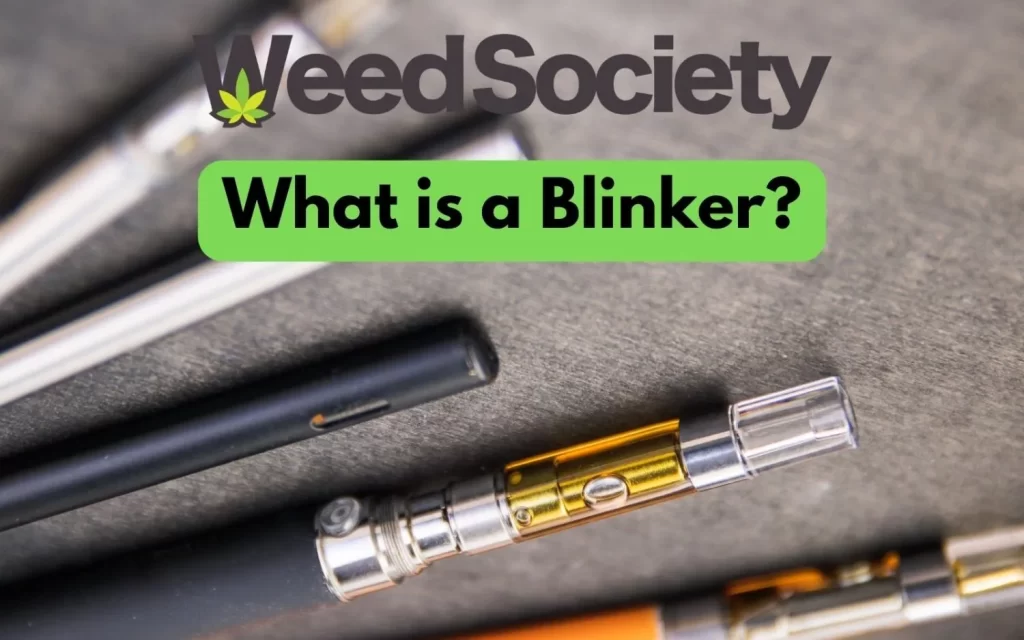What Are Blinkers?
Blinkers, also known as blinders in North American English, are devices used on horses to restrict their peripheral vision. These leather or plastic shields are attached to the horse’s bridle or halter, covering the sides of the eyes and limiting the horse’s field of vision to the front. Blinkers are commonly used in horse racing, but they also have applications in other equestrian disciplines and training methods.
Purpose of Blinkers
The primary purpose of blinkers is to help horses focus on what is in front of them, reducing distractions and potential sources of fear or anxiety. By blocking the horse’s view of objects or movements to the side, blinkers can help prevent the horse from being startled or spooked by things happening in its peripheral vision.Blinkers are believed to have several benefits for horses:
- Improved concentration: By limiting distractions, blinkers help horses stay focused on the task at hand, whether it’s racing, jumping, or performing other athletic activities.
- Reduced anxiety: Horses are prey animals and can be easily frightened by sudden movements or unfamiliar objects. Blinkers can help alleviate some of this anxiety by blocking out potential sources of fear.
- Enhanced safety: Blinkers can help prevent horses from shying away or bolting unexpectedly, reducing the risk of accidents for both the horse and rider.
Types of Blinkers
There are several different types of blinkers used in the equestrian world:
- Full Cup Blinkers: These blinkers completely cover the horse’s eyes, leaving only a small opening in front for the horse to see through. Full cup blinkers are used for horses that are easily distracted or prone to shying.
- Half Cup Blinkers: Half cup blinkers cover the sides of the horse’s eyes but leave the front and top of the eye exposed. These are often used for horses that need some peripheral vision but still require some restriction.
- Cheek Pieces: Cheek pieces are narrow leather or plastic shields that attach to the sides of the bridle and extend down to the horse’s cheeks. They provide some restriction of peripheral vision without completely covering the eyes.
- Visors: Visors are similar to cheek pieces but are attached to the browband of the bridle rather than the cheeks. They help shield the horse’s eyes from bright sunlight or other distractions coming from the front.
Blinkers in Horse Racing
In horse racing, blinkers are used to help horses focus on the race and avoid being distracted by the crowd, other horses, or the racetrack environment. Blinkers are commonly used on racehorses, with many trainers believing they can improve a horse’s performance and increase its chances of winning.The use of blinkers in horse racing is regulated by the various racing authorities around the world. In some jurisdictions, horses must be approved to wear blinkers, and the type of blinkers used must be specified on the horse’s race card or program.
Potential Drawbacks of Blinkers
While blinkers can be beneficial in many situations, they also have some potential drawbacks:
- Reduced peripheral vision: By limiting the horse’s field of vision, blinkers can make it more difficult for the horse to see potential hazards or obstacles to the side.
- Increased anxiety: In some cases, blinkers can actually increase a horse’s anxiety if the horse is not accustomed to wearing them or if they are not fitted properly.
- Potential for abuse: Blinkers can be used to mask training or behavioral problems, rather than addressing the underlying issues. In some cases, blinkers may be used excessively or inappropriately.
Frequently Asked Questions (FAQ)
Q: Are blinkers required in horse racing?
A: The use of blinkers in horse racing is not mandatory, but many trainers choose to use them to help horses focus on the race.
Q: Can blinkers be used on all horses?
A: Blinkers can be used on most horses, but they may not be suitable for all individuals. Horses with certain temperaments or behavioral issues may not respond well to blinkers.
Q: How do I know if my horse needs blinkers?
A: If your horse is easily distracted, prone to shying or bolting, or seems anxious in certain situations, blinkers may be worth trying. However, it’s always best to consult with an experienced trainer or equine behaviorist to determine if blinkers are appropriate for your horse.
Q: Can blinkers be used in other equestrian disciplines?
A: Yes, blinkers can be used in a variety of equestrian disciplines, including dressage, show jumping, and eventing. They may be particularly helpful for horses that are easily distracted or nervous in the show ring or during training.
Q: How do I properly fit blinkers on my horse?
A: Blinkers should be fitted by an experienced professional to ensure they are comfortable for the horse and do not restrict vision excessively. They should be adjusted to allow the horse to see clearly in front of them while still blocking peripheral vision.
Conclusion
Blinkers are a useful tool for horse owners and trainers, helping to focus horses and reduce anxiety in certain situations. However, it’s important to use blinkers judiciously and in consultation with equine professionals to ensure they are appropriate for the individual horse and not being used excessively or inappropriately. With proper fitting and training, blinkers can be a valuable addition to a horse’s equipment and help promote safety and performance.For more information on horse tack and equipment, you can visit the Wikipedia page on Horse tack.






More Stories
Where to Watch USMNT vs Jamaica National Football Team
How I Met My Monster
How Should a Ring Fit